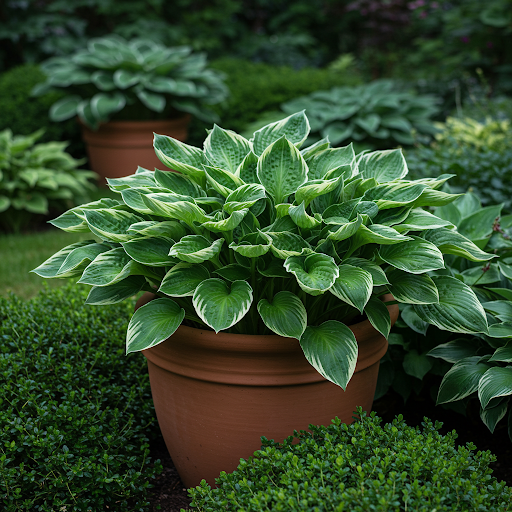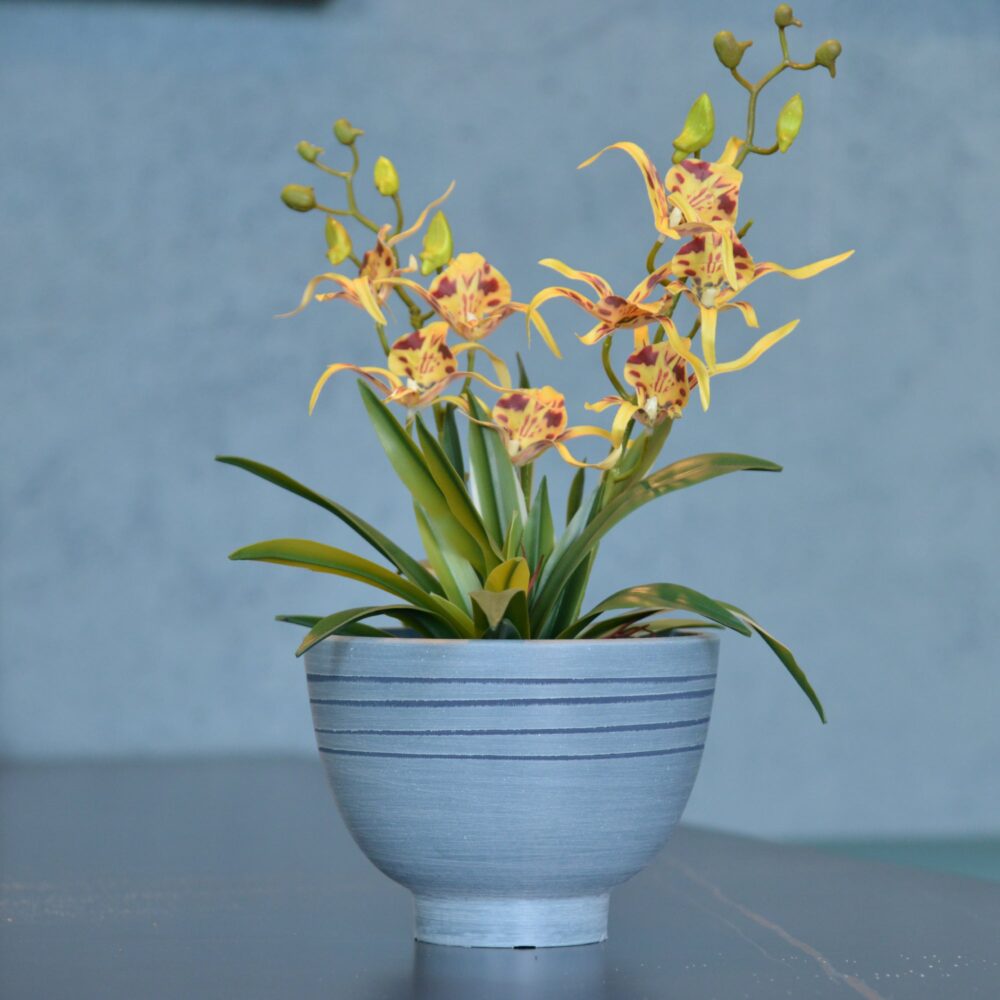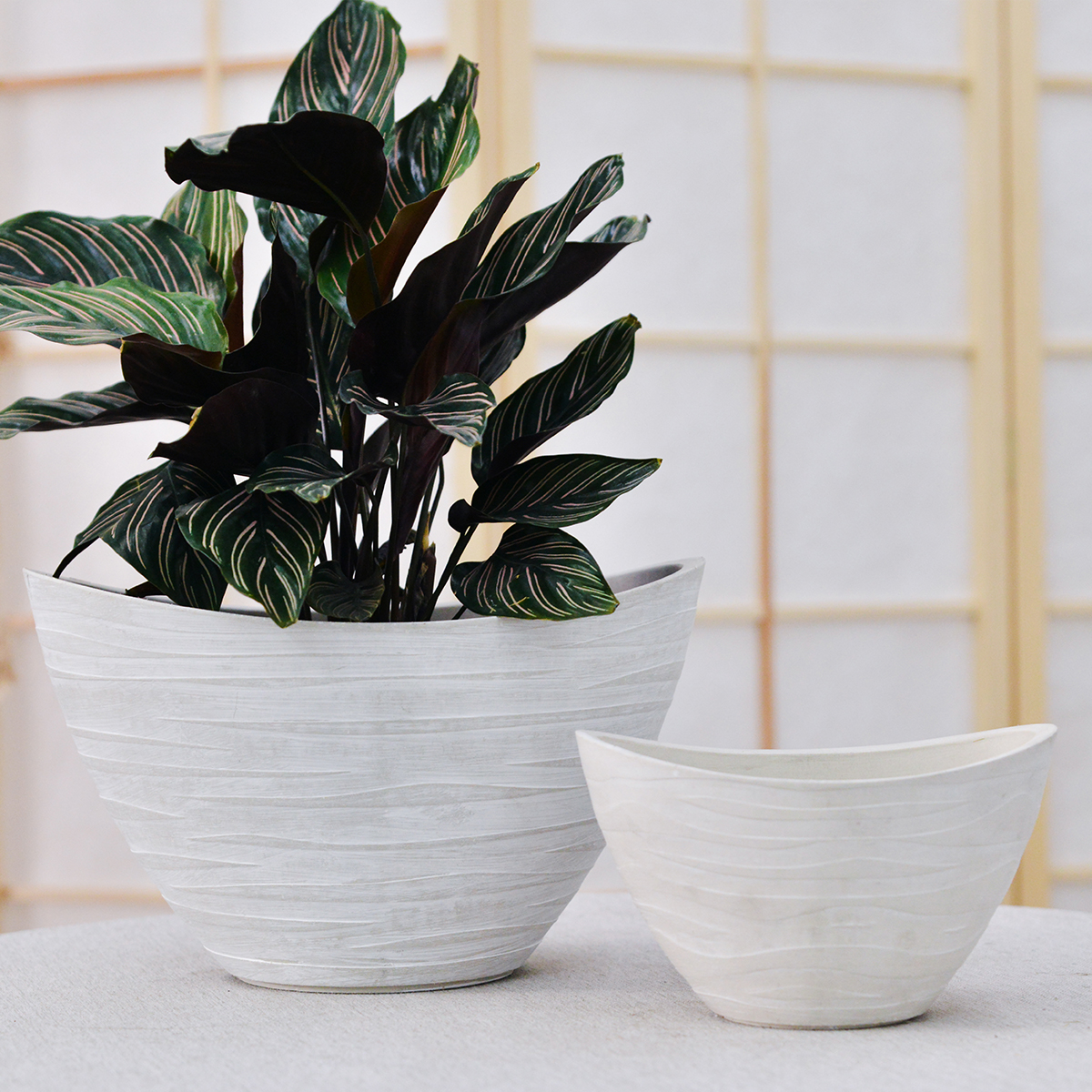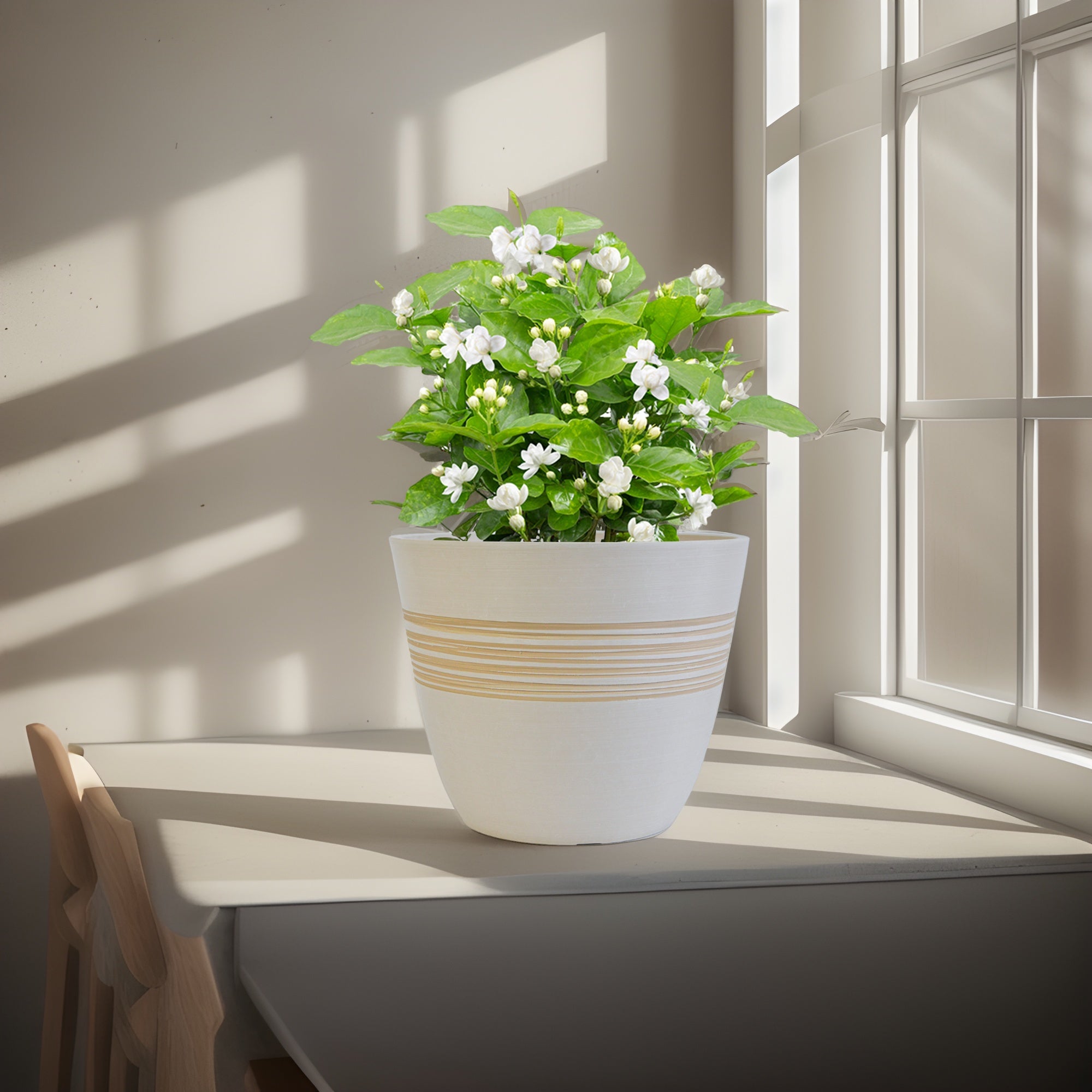Hostas: Shade-Loving Elegance for Your Home Garden
Hostas, also known as Plantain Lilies or Funkia, are beloved perennial plants prized for their lush foliage and shade tolerance. Belonging to the family Asparagaceae, and native to Northeast Asia, particularly Japan, Korea, and China, Hostas are incredibly popular in gardens worldwide for their diverse leaf colors, sizes, textures, and forms. From small to giant varieties, and in shades of green, gold, blue, and variegated patterns, Hostas offer a wide range of options to enhance shady areas of your garden.

Ideal Growing Conditions:
- Light: Hostas are best known for their love of shade. They thrive in partial to full shade, making them perfect for areas where many flowering plants struggle. Morning sun is generally tolerated, and some varieties can handle more sun, especially if given enough moisture, but harsh afternoon sun can scorch their leaves, particularly lighter colored varieties. Blue hostas especially need shade to maintain their blue color.
- Soil: Hostas prefer rich, well-drained soil that is consistently moist. They benefit from soil that is high in organic matter. A slightly acidic to neutral pH is ideal. For container planting, use a high-quality potting mix. In garden beds, amend the soil with compost, leaf mold, or well-rotted manure to improve fertility and drainage.
- Watering: Consistent moisture is key for Hostas, especially during the growing season. Water deeply when the top inch of soil feels dry to the touch. Avoid overhead watering to minimize the risk of foliar diseases; water at the base of the plants instead. While they need moisture, they should not sit in waterlogged soil, so good drainage is essential.
- Temperature: Hostas are hardy perennials and can tolerate a wide range of temperatures. They are cold-hardy in many zones and thrive in moderate summer temperatures. In very hot climates, providing ample shade and moisture is crucial to prevent heat stress.
Planting Hostas:
- Starting from Divisions or Plants: Hostas are typically propagated by division or purchased as potted plants from nurseries. Division is a great way to multiply plants and rejuvenate older clumps.
- Spacing: Spacing depends on the mature size of the Hosta variety. Small varieties may need 1-2 feet of space, while larger ones can require 3-4 feet or more. Check the mature size of your specific variety when planting.
- Planting Time: The best time to plant Hostas is in the spring or fall, when temperatures are mild and there is adequate moisture in the soil. Spring planting allows them to establish roots before summer heat, while fall planting gives them a head start for the following spring.
Choosing Pots:
- Suitable Pot Types: Hostas can be successfully grown in containers made of various materials, including plastic, terracotta, ceramic, and even metal. Plastic pots are excellent for retaining moisture, which is beneficial for Hostas. Terracotta pots offer better drainage and aeration, which can be helpful in preventing overwatering, but may require more frequent watering.
- Drainage: Ensure that any pot you choose has drainage holes to prevent water from pooling at the bottom, which can lead to root rot.
- Pot Size: Choose pot sizes that are appropriate for the mature size of the Hosta variety. Smaller Hostas can thrive in pots that are 10-12 inches in diameter, while larger varieties may need pots that are 16 inches or larger. For miniature Hostas, even smaller pots can be used.
- Potting Mix: Use a rich, well-draining potting mix. You can amend a standard potting mix with extra compost or peat moss to increase its organic content and moisture retention.
Care Tips:
- Fertilizing: Hostas benefit from regular feeding, especially in containers. Fertilize in early spring as new growth emerges and again in early summer with a balanced, slow-release fertilizer or a liquid fertilizer diluted to half strength every 4-6 weeks. Avoid late-season fertilization, which can encourage tender new growth that may be susceptible to frost damage.
- Watering: Monitor soil moisture regularly and water when the top inch of soil feels dry. Consistent moisture is important, especially during dry spells.
- Mulching: Mulching around Hostas with organic mulch such as shredded bark, compost, or pine needles helps retain soil moisture, suppress weeds, and keep the roots cool.
- Pest Control: Hostas are known to be attractive to slugs and snails, which can damage their leaves. Use slug and snail bait, traps, or natural deterrents like diatomaceous earth or copper tape around pots and garden beds. Deer can also be a problem in some areas; consider using deer repellents or physical barriers if deer are a concern.
- Division: Divide Hostas every 3-5 years to prevent overcrowding and rejuvenate plants. Division is best done in early spring or fall.
Varieties of Hostas:
- Size: Hostas come in a wide range of sizes, from miniature varieties under 6 inches tall to giant varieties over 2 feet tall.
- Leaf Color: Leaf colors include various shades of green, gold, blue, and variegated combinations of these colors with white or cream margins or centers.
- Leaf Texture: Leaf textures can range from smooth to heavily corrugated, seersuckered, or puckered.
- Flower Color: Hosta flowers are typically lavender or white, and while foliage is their main attraction, the flowers can also be fragrant in some varieties.
- Popular Types: Some popular types include ‘Blue Angel’ (giant blue), ‘Sum and Substance’ (giant gold), ‘Frances Williams’ (large blue-green with gold margin), ‘Halcyon’ (medium blue), and ‘Patriot’ (medium green with white margin). Miniature varieties like ‘Blue Mouse Ears’ and ‘Baby Bunting’ are excellent for small spaces and containers.

In summary, Hostas are a fantastic choice for adding texture, color, and elegance to shady areas of your garden. Their low-maintenance nature, combined with the vast variety of forms and foliage, makes them a rewarding plant for any gardener. By providing them with shade, consistent moisture, rich soil, and protection from pests, you can enjoy the beauty of Hostas in your home garden for many years.
For more detailed information, you can visit the Wikipedia page on Hosta.
8 inch/10 inch Planter Indoor Plants, 2 Pack Modern Decorative Plant Pots with Drainage Hole, Cute Bowl Shape Flower Pots
By greenship-seo|2025-04-10T08:03:42+00:00January 9, 2025|Categories: Hand-carving Series|Tags: Decorative Flower Pots, Self-Watering Pots|
20YB
By greenship|2024-08-16T05:37:57+00:00August 16, 2024|Categories: Hand-carving Series|
Modern Plant Pots with Drainage – Indoor & Outdoor Use (6″ Widths)
By greenship-seo|2025-04-10T06:29:43+00:00February 6, 2025|Categories: Hand-carving Series|Tags: Decorative Flower Pots|
Planter for Indoor Outdoor Plants, Set of 2 Modern Decorative Plant Pots with Drainage Hole, Decorative Flower Pots
By greenship-seo|2025-04-10T07:46:01+00:00January 9, 2025|Categories: Hand-carving Series|Tags: Decorative Flower Pots, Self-Watering Pots|
20T
By greenship|2024-08-13T06:42:22+00:00August 13, 2024|Categories: Hand-carving Series|
HS
By greenship|2024-08-13T06:45:17+00:00August 13, 2024|Categories: Hand-carving Series|






